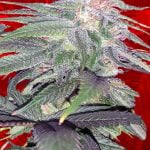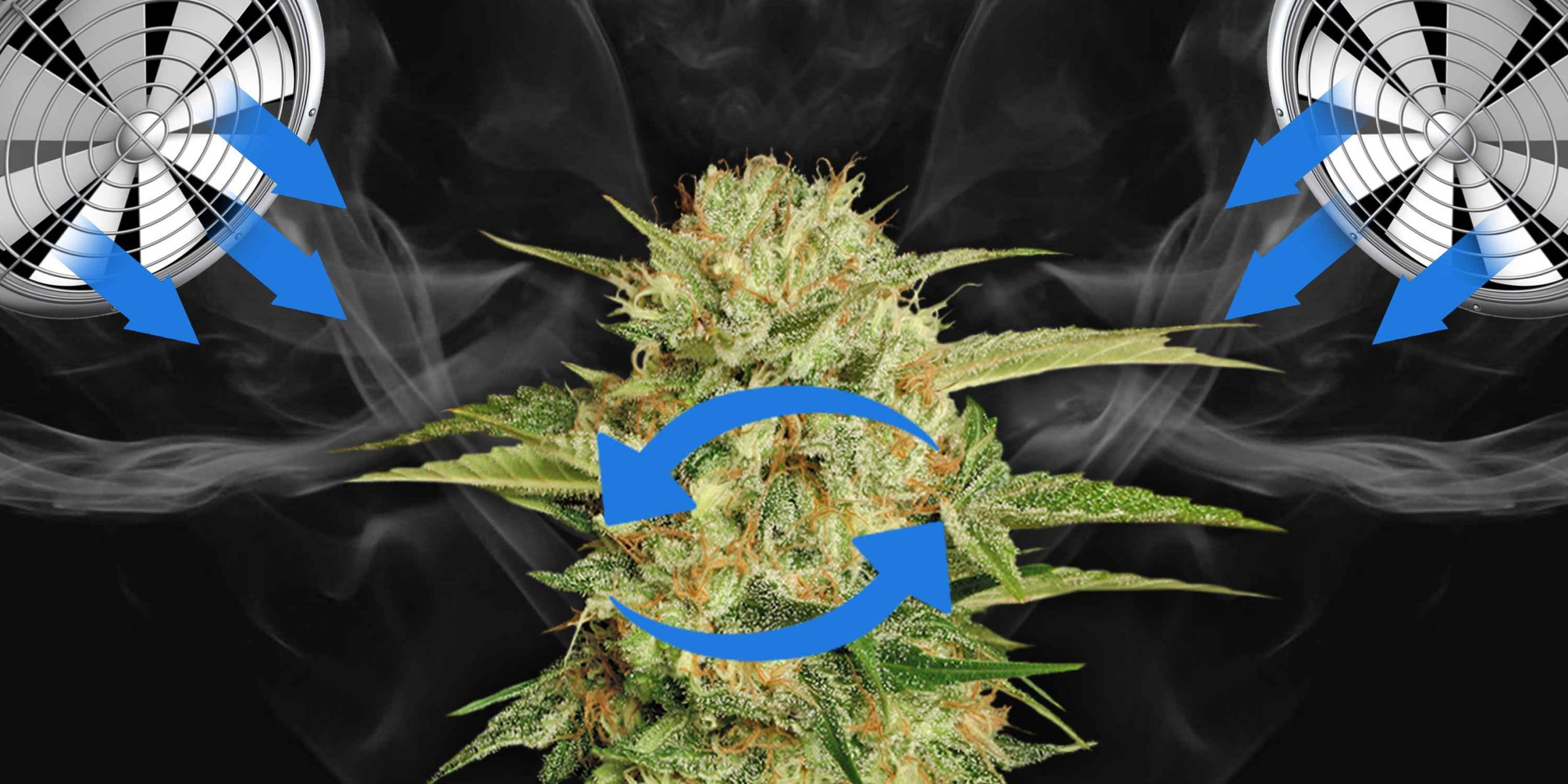Table of Contents
ToggleBud rot, scientifically known as Botrytis cinerea, is a fungal disease that can have devastating effects on cannabis crops if left unchecked. It thrives in environments with high humidity and can spread rapidly, leading to significant yield loss and compromised quality. In this comprehensive guide, we will explore what bud rot looks like, including its causes, symptoms, prevention strategies, and effective treatment options.
What Does Bud Rot Look Like?
Recognizing bud rot early is crucial for preventing its spread and minimizing damage to cannabis crops. The appearance of bud rot varies depending on the stage of infection. Initially, affected buds may exhibit small, water-soaked lesions that gradually expand and become covered in a grayish-brown mold. This mold often resembles a fuzzy or powdery texture, similar to cobwebs, giving the affected buds a discolored and unhealthy appearance. As the disease progresses, the affected buds may become mushy, collapse, and emit a foul odor. In severe cases, the mold can spread rapidly throughout the plant, affecting nearby buds and foliage.
Causes of Bud Rot
Several factors contribute to the development of bud rot in cannabis plants. High humidity levels, especially above 50%, create an ideal environment for the fungus to thrive. Poor air circulation and inadequate ventilation in grow rooms or outdoor settings can exacerbate the problem. Additionally, overcrowding of plants and dense foliage can create pockets of moisture where mold can proliferate. Understanding these underlying causes is essential for implementing effective prevention measures.
How to Spot Bud Rot
Recognizing the early symptoms of bud rot is crucial for preventing its spread and minimizing crop damage. The initial signs of bud rot may include wilting or drooping leaves, dark spots on buds, and a soft, mushy texture in affected areas. As the mold progresses, the affected buds may disintegrate upon touch, releasing a foul odor. Regular and thorough inspections of plants are necessary to detect bud rot at its earliest stages.
Prevention Strategies
Implementing proactive measures to prevent bud rot is critical for maintaining the health and productivity of cannabis plants. Here are several effective strategies to consider:
- Optimize Growing Conditions: Maintain optimal humidity levels (around 40-50%) and temperature ranges to create an environment less conducive to fungal growth. Use dehumidifiers or air conditioning units as needed to regulate moisture levels.
- Promote Air Circulation: Ensure adequate airflow within grow rooms or outdoor cultivation spaces by strategically positioning fans and vents. Prune excess foliage and space plants appropriately to allow for better ventilation and light penetration.
- Monitor Environmental Conditions: Regularly monitor temperature, humidity, and moisture levels using hygrometers and other monitoring tools. Adjust environmental parameters as needed to prevent sudden fluctuations that can promote fungal development.
- Practice Good Hygiene: Maintain cleanliness in growing areas by regularly cleaning surfaces, equipment, and containers. Remove and dispose of decaying plant matter promptly to eliminate potential breeding grounds for fungi.
- Choose Resistant Strains: Select cannabis strains that demonstrate resistance to fungal diseases, including bud rot. Consult with reputable seed banks or breeders for recommendations on resistant varieties suitable for your growing conditions.
Treatment Options
If bud rot is detected, swift action is necessary to prevent further spread and salvage healthy buds. Here are some effective treatment options to consider:
- Isolate and Remove Affected Buds: Immediately isolate and remove buds showing signs of bud rot to prevent the spread of the fungus to nearby plants. Dispose of infected plant material properly to avoid contamination.
- Apply Fungicidal Treatments: Use approved fungicides specifically formulated to target Botrytis cinerea and other fungal pathogens. Follow label instructions carefully and apply treatments as directed to control fungal growth and protect remaining healthy buds.
- Enhance Ventilation: Improve airflow and ventilation in grow areas to reduce humidity levels and create a less favorable environment for fungal development. Consider installing additional fans or ventilation systems to promote air circulation and moisture control.
- Monitor and Manage Environmental Conditions: Continuously monitor environmental conditions, including humidity, temperature, and moisture levels, to identify and address any potential factors contributing to fungal growth. Make adjustments to environmental controls as needed to maintain optimal growing conditions.
- Practice Integrated Pest Management (IPM): Incorporate IPM strategies, such as using biological controls or natural fungicides, rotating fungicidal treatments to prevent resistance, and implementing cultural practices that reduce the risk of fungal diseases.
Conclusion
Bud rot poses a significant threat to cannabis cultivation, but with proactive management practices and diligent monitoring, growers can minimize its impact and protect their crops. By understanding the causes, symptoms, prevention strategies, and treatment options for bud rot, cultivators can effectively mitigate the risks associated with this fungal disease and ensure a healthy and successful harvest.
Regularly assess growing conditions, maintain good hygiene practices, and stay vigilant for early signs of infection to safeguard cannabis plants from bud rot and other fungal pathogens.
FAQs
1. What are some natural remedies for treating bud rot?
Some natural remedies for bud rot include using diluted hydrogen peroxide or neem oil sprays to combat fungal growth. Additionally, applying a baking soda solution can help reduce the spread of mold on affected buds.
2. Can bud rot affect indoor and outdoor cannabis plants equally?
Bud rot can affect both indoor and outdoor cannabis plants, but it is often more prevalent in indoor environments with high humidity levels and limited ventilation. Outdoor plants may also be susceptible, especially during periods of prolonged rain or high humidity.
3. Are there any preventive measures specifically targeting bud rot during the flowering stage?
Yes, during the flowering stage, it is crucial to maintain optimal humidity levels (around 40-50%) and ensure proper airflow to prevent bud rot. Regularly inspecting buds for signs of mold and promptly removing any affected portions can also help prevent the spread of the disease.
4. What are the potential risks of using chemical fungicides to treat bud rot?
The potential risks of using chemical fungicides include the development of fungal resistance over time, environmental impact from pesticide runoff, and potential health hazards if not used according to label instructions. It’s important to follow recommended application rates and safety guidelines when using chemical treatments.
5. Can bud rot be transmitted to other plants or crops in proximity?
Yes, bud rot can spread to nearby plants if proper containment measures are not taken. It is essential to isolate and remove infected buds promptly to prevent the spread of the fungus to healthy plants. Additionally, practicing good hygiene and maintaining clean growing environments can help minimize the risk of cross-contamination.
























